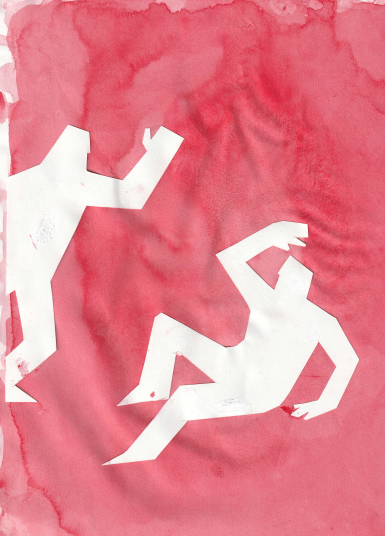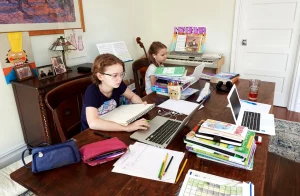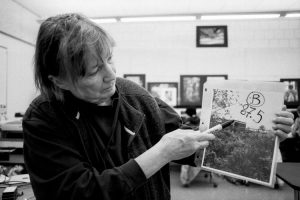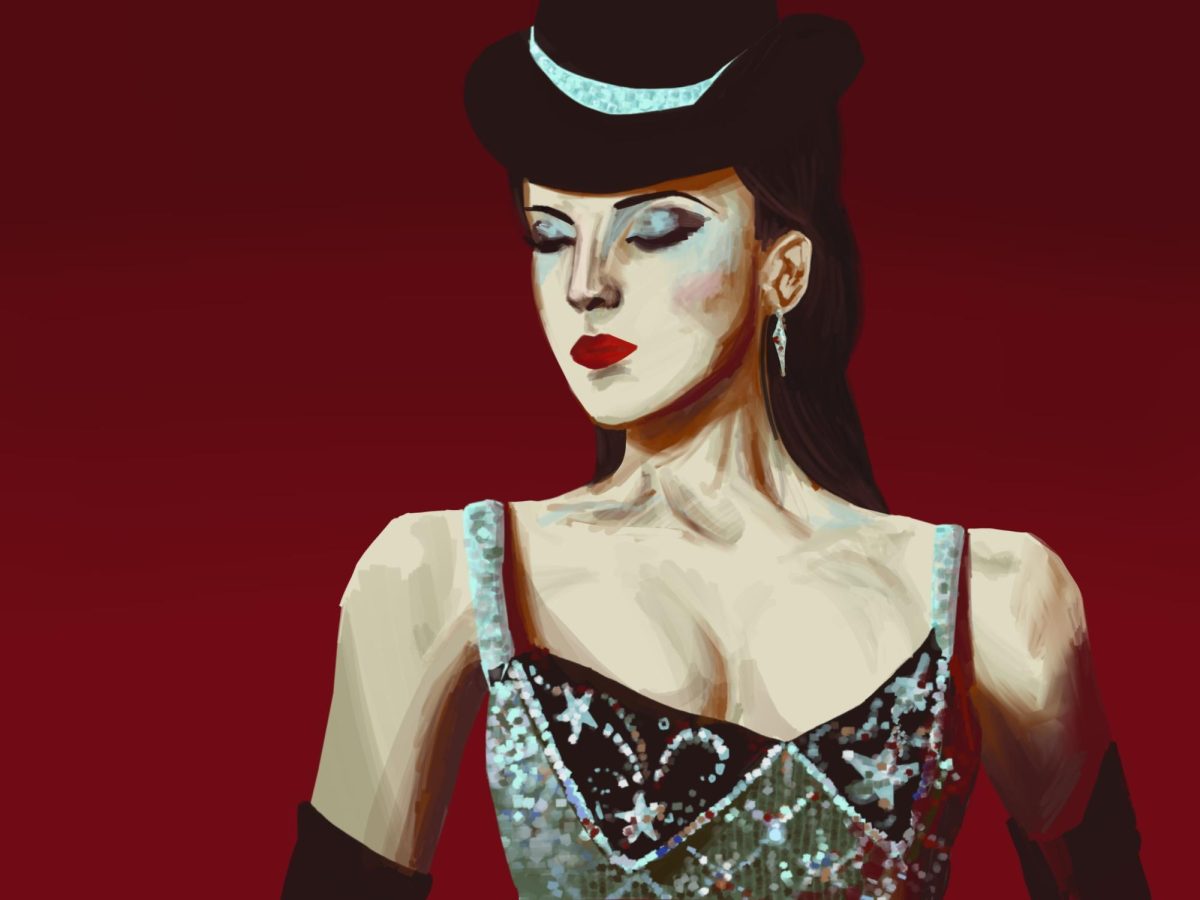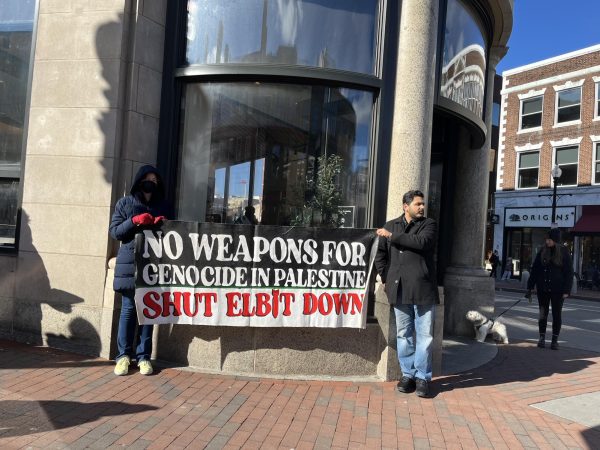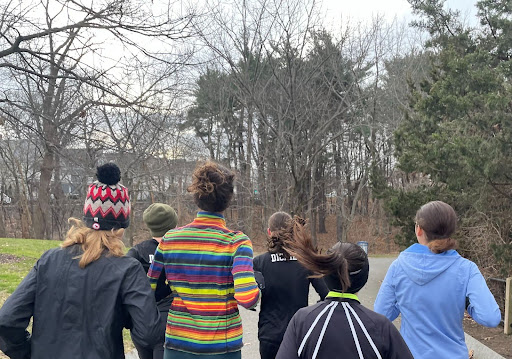Officers’ Actions Not Justified
May 30, 2018
W. E. B. Du Bois, in his text The Souls of Black Folks, refers to a veil when describing the racial chasm embedded within the American experience. Du Bois argues that, as a result of being black, African Americans are not endowed with the full privileges of American citizens. In essence, he describes being reduced to the status of second-class citizens. The veil is a metaphorical manifestation of the color line, playing its role in skewing the psychologies of white and black Americans.
The veil can be applied to explain why white people have a negative perception of black people and why, in turn, black people hold that same perception of themselves.
The veil can also explain the treatment of Harvard student Selorm Ohene by Cambridge police on April 13th.
Ohene’s experience was unremarkable, but problematic nonetheless. Ohene was unarmed and in no position to do any harm, yet he was regarded as a threat. America has a long history of brutalizing black people for inadequate reasons, and Ohene’s treatment is a reflection of the limited progress made by this nation.
A recent analysis of FBI statistics by Vox’s Dara Lind states that while black people compose 13% of the American population, they account for 31% of deaths due to police violence.
Ohene’s outcome was better than being killed, but the police have a long streak of negligence when responding to any form of law infractions by black people.
Ohene’s treatment is a reflection of the limited progress made by this nation.
What can rationalize the actions of the police? In the video of this incident, Ohene was just standing in the middle of the street as Cambridge police slowly approached and then lunged at him. The actions taken by the officers were unnecessary, since it appears that Ohene did little to provoke the police.
A statement released by the Cambridge Police Department claims that Ohene had ingested narcotics prior to his interaction with them, but that, in no way, justifies the police’s actions. According to Police-One Academy, a leading publication devoted to providing resources to police officers, in situations where the suspected culprit has ingested hallucinogens, it is advised for the police to establish a safe environment—which the Cambridge police did not do.
It is appropriate to reference Du Bois’s veil when discussing Ohene. In the video, Ohene was treated like he was less than human. There is a huge racial disparity in how the police use force. Hostility by authority towards black people is older than the nation itself. The need for violence to subdue Ohene only shows that even Cambridge’s progressivism isn’t enough to unravel the racial barrier prevalent in America.
This piece also appears in our May print edition.

